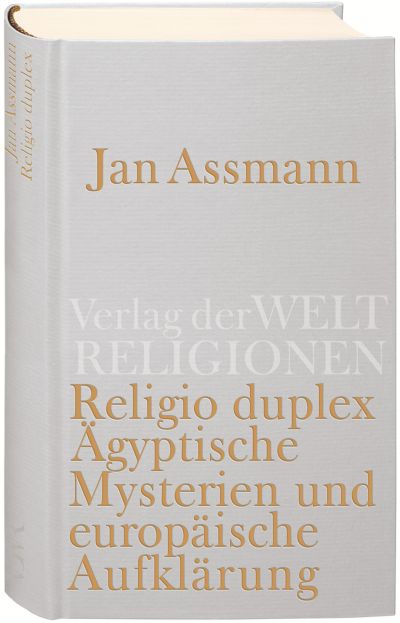English world rights (Polity), Spanish world rights (Akal), Arabic world rights (Mahrosa), France (Flammarion), Hungary (Atlantisz)
Previously published in the respective language / territory; rights available again: Italy (Morcelliana)
Polytheism was first created with states: rulers needed Gods to give the populace political and moral direction. These were the circumstances in which the...
The 17th century marked the birth of theology. It arose from questions about the origin of the Gods, polytheism and idolatry. Monotheism, everyone agreed, was the proto-religion: it was not the religion of Revelation but the religion of Nature and reason, shared by all humans and traceable to all pagan religions.
Polytheism was first created with states: rulers needed Gods to give the populace political and moral direction. These were the circumstances in which the proto-religion retreated underground and the mystery religions came into being.
The standard model of this development is ancient Egypt, the first state in history in which a structure of dualism in religion was clearly defined. The Egyptians had two scriptures, according to what the Greeks wrote: one for the populace and one for mystery religions. They built on the land above ground for the official religion and underground for secret religions, such as the cult of the veiled Isis in which Spinoza’s Deus sive Natura can be recognised. So above, there were many gods and below was the God of the philosophers. Secret societies saw their own reflection in this image.
At the end of the 18th century, Lessing, Mendelssohn and others raised the idea of dualism in religion to a new level. Instead of the mystery religions, the notion of a “religion of humanity” appeared; instead of a culture with two religions, the human being, who, on the one hand feels a sense of belonging from his ancestral culture, nature and religion and on the other, a human solidarity. No religion possesses truth but all religions strive towards it. In this way, the idea of dualistic religion in the era of globalisation takes on an unexpected relevance.
Persons
Jan Assmann
Jan Assmann was born in 1938. He is an Egyptologist, scholar of religious studies and cultural studies and was professor of Egyptology at the University of Heidelberg. He was a visiting profressor in Berlin, Munich, Paris, Jerusalem and the USA. He has been managing an excavation project in Luxor, Egypt, since 1978. Jan Assmann passed away on 19 February 2024 in Konstanz, at the age of 85.
Jan Assmann was born in 1938. He is an Egyptologist, scholar of religious studies and cultural studies and was professor of Egyptology at the...
